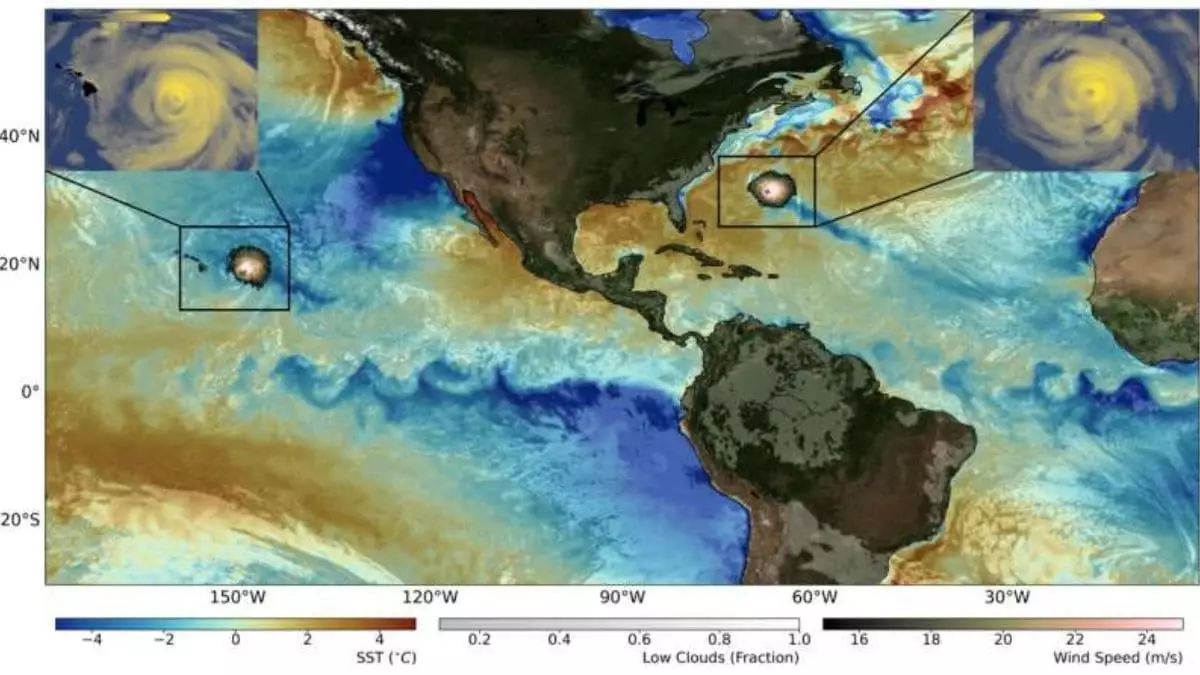While recent advancements in climate modeling have indeed sharpen our predictive tools, they also expose uncomfortable truths that many prefer to ignore. The groundbreaking simulations, running at a resolution far beyond traditional models, paint a stark picture: localized climate extremes are likely to become the new norm. These are not distant or abstract threats but immediate, tangible crises that threaten vulnerable communities worldwide. The hope that improved models would lead to reassurance instead reveals an urgent and distressing narrative—our planet’s climate system is becoming more unpredictable and dangerous by the day. The fine-scale details, such as intensified monsoon rains and Arctic temperature spikes, highlight the severity of climate change, often overlooked in broader discussions.
Implications for the Most Vulnerable Populations
Communities already bearing the brunt of climate change—small island nations, mountain villages, and Arctic residents—are now staring into a future shaped by more extreme weather patterns. These populations cannot afford complacency; their survival hinges on timely adaptation strategies rooted in precise data. Yet, even with enhanced modeling, the gap between scientific understanding and effective policy implementation remains glaringly wide. Governments often lack the political will or resources to leverage these insights effectively, leaving the most impressionable at the mercy of worsening storms, rising seas, and unpredictable cold snaps. The new forecasts reveal that regional impacts will diverge sharply from global averages, emphasizing that a one-size-fits-all approach is futile. Instead, localized resilience planning becomes imperative, and that is where the real challenge lies.
A Wake-Up Call for Policymakers and the Public
The deployment of such high-resolution climate models should serve as a clarion call—not just for scientists, but for policymakers and citizens alike. The tools now exist to visualize climate impacts with unprecedented clarity, overlaying projections directly onto familiar landscapes via platforms like Google Earth. Yet, this technology risks fostering complacency if not paired with decisive action. It makes clear that our existing infrastructure—energy grids, water management systems, disaster response plans—are woefully inadequate for the intensity of future disturbances. The forecasted increase in phenomena like El Niño and La Niña signals a future where climate chaos becomes more frequent and severe. For those in power, choosing whether to heed this warning or dismiss it as alarmism will define the legacy of this generation. For ordinary people, understanding the gravity of these projections should drive a collective demand for substantial climate action, not superficial fixes. The clock is ticking, and the window for meaningful intervention grows ever narrower.


Leave a Reply